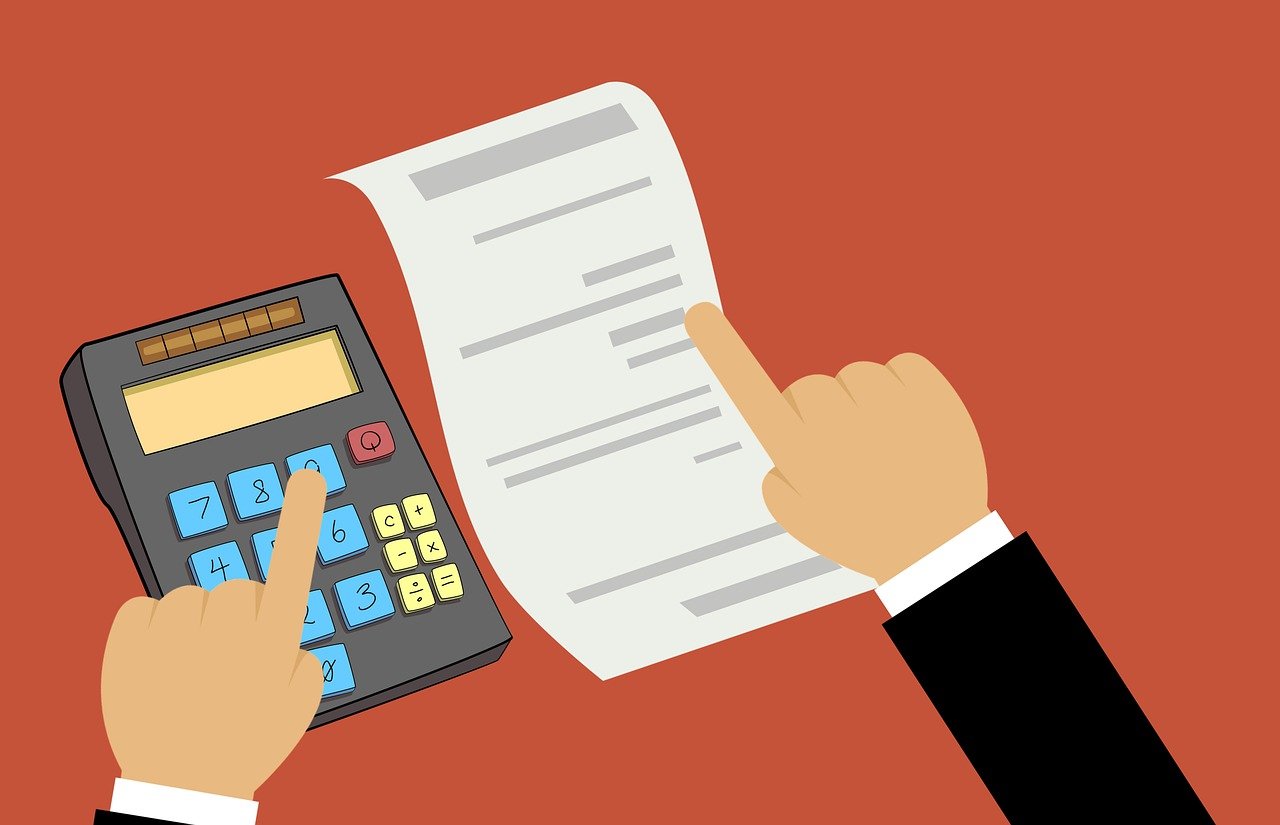If you are like me and have an odd passion for budgeting, you can get pretty complex and detailed with what you track financially. But for many, this complexity is what scares them away from budgeting. I’m here to tell you that budgeting can be made much simpler than many of the examples and templates you see online!
This guide will break down the simple building blocks of budgeting to help you get started. I will write future posts that can help you accelerate your budget game by adding more detail to your budget. But for now, here is everything you need to create a simple and basic budget.
Time Horizion
Most budgets are usually done for a 1-year span. Typically it is easiest to align it to a calendar year. This being said, you can really create a budget at any time, for any duration. Want to start in July? No problem, make a budget for the remaining portion of this year and then start a fresh one next January. Want to start small and just budget for the next month? You can also do this!
The key thing to remember is the longer duration you pick, the harder it is to remain accurate. On the flip side, the shorter duration that you have, the more frequently you’ll have to refresh it. I personally always find the sweet spot to be refreshing my budget each calendar year.
The Building Blocks
Creating a budget is like putting together a puzzle. There is a picture that you need to create and the complexity of doing so depends on how many pieces this picture is broken down to.
Luckily, to create your most simple budget, you only need to start with a 3 piece puzzle (or as I call them, building blocks). These blocks are:
- Income
- Taxes
- Expenses

Building Block One: Income
Income is the sum of all the money you expect to earn. It is important to include all sources of income such as, (but not limited to) job, rental property, side business, investment income, etc.
For an annual salaried employee, income is pretty steady and straightforward- Just enter your annual pay. But what about an employee who is paid hourly, via bonus or tips, or on a per-gig basis? How do you predict what you will make for the next 12 months? The key to estimating your income is to be conservative. Conservative assumptions are the foundation and principle of a good budget.
It is important to note there is a difference between conservative and doomsday. Doomsday is the worst possible case, while a conservative estimate is just about being cautious with your assumptions. For example, if you think you will get somewhere between 25-35 hours of paid work a week, use 25 or maybe a middle ground, but don’t use your best-case scenario of 35, or your doomsday scenario of getting fired (and having $0 of pay). Though it is always possible for doomsday to strike and for you to get fired, an emergency fund is what helps you during those situations.
Building Block Two: Taxes
Unfortunately, almost all income must be taxed so it is important to estimate how much of your earned income will go to the government. There are several ways to do this in a simple manner
- Use your paycheck: Employers are usually required to withhold an estimated amount of income taxes from your paycheck. While this amount will not always correlate with the exact dollar value you will owe, it can serve as a quick and easy way to get a good sense of what your tax rate will be. For example, if your paycheck is $100 and$17 was taken off for taxes, you can use 17% as a proxy for taxes owed
- Use an online calculator: There are some handy resources online that can help you estimate what you may owe in taxes based off your income
- Do your own Math: Income taxes are usually calculated in the form of a table not a set value. In other words, the first X amount of dollars you make may be taxed at some percent and then the next Y amount at another, etc. This means to calculate your true effective tax percentage, you’ll need to do your own more detailed calculations. Unless you feel comfortable doing this, I would stick to method 1 or 2
Building Block Three: Expenses
We all have expenses we expect to incur but determining what they will be is not always easy. The goal is to list out all categories of expenses you expect to spend on, and then account for how much money you’ll need to satisfy each.
Some expense costs will be easy to estimate as their costs are set in stone and recurring. For example:
- Housing cost
- Utilities
- Phone Bills
- Car Payments
- Medical Insurance
- Subscriptions
- Debt Payments
Others however will be based on your judgment and preference of how you want to spend. For example:
- How much do you think you’ll need for groceries each month?
- How much do you want to spend on trips?
- How much for clothes
Expense estimation is where the “art” part of budgeting comes in. You want to be smart in planning for enough money for every bucket but also want to make sure you don’t give yourself more than you really need.
If you are struggling with estimating how much you’ll need for a specific category, try breaking it down into smaller parts. For example, instead of estimating a month’s worth of groceries, estimate what you’d spend in a week and then multiply by 4.
Putting the Pieces Together
So here is what each piece of the puzzle is telling you.
- Income will be that starting point and show you how much you earn.
- Take out taxes and that will tell you how much you have to spend.
- Take out your estimated expenses and that tells you what is left!
It’s that simple!
Any excess cash you have left to spend should be used to pay off any debt you may be behind on. After that, it should be put into an emergency fund until your emergency fund can sustain you for 6-12 months of living without a job. From there it can either be reserved in your bank account for future expenses, invested, or used to pay down future debt faster.


very good summary!!!